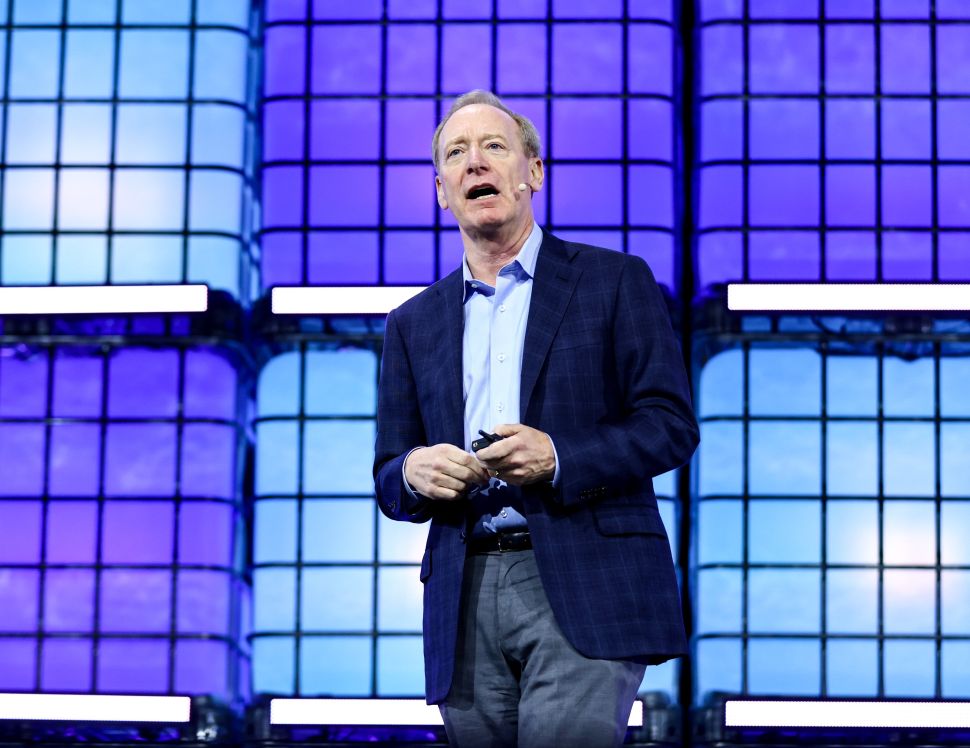At the Web Summit Vancouver 2025, Microsoft president Brad Smith drew parallels between the current rise of A.I. and historical industrial revolutions. Speaking on May 28, Smith stressed that A.I. leaders must study history to avoid repeating past errors, particularly in ensuring equitable access to new technologies.
Smith highlighted the uneven global distribution of electricity following Thomas Edison’s invention of the light bulb, noting that nearly 150 years later, hundreds of millions still lack access to electricity. “How can it be that we moved from electricity to computers and now A.I., and we haven’t yet even finished diffusing electricity itself?” he questioned. Smith described this disparity as potentially the “greatest tragedy” in technology history and urged the A.I. industry to distribute its benefits more broadly.

The Microsoft president emphasized that widespread A.I. adoption depends on significant investment in innovation infrastructure. Microsoft plans to invest $80 billion this year in A.I. and data center infrastructure across 40 countries, forming part of the “tech stack” of the A.I. economy. Smith drew historical parallels, noting that past industrial revolutions built similar tech stacks – for instance, the spread of electricity spurred demand for fuels, turbines, and electrical grids, creating new industries and employment categories.
Smith also stressed the critical role of education in unlocking job growth, citing historical examples where nations that invested in relevant skills surged ahead in industrial revolutions. He noted that during the First Industrial Revolution, the U.K. led by training workers to use new machinery, while the U.S. later excelled by producing engineers skilled in electricity and embracing computer science education.
“We can do better, not just to create better technology, but to bring the benefits of that technology to everyone around the world,” Smith said, emphasizing that teaching A.I. skills “will need to become one of the great causes of our industry.” He concluded that investment in education, rather than optimism alone, will determine whether A.I. augments or replaces human labor, stating, “Hope by itself is not a strategy. I think history offers some important lessons.”


